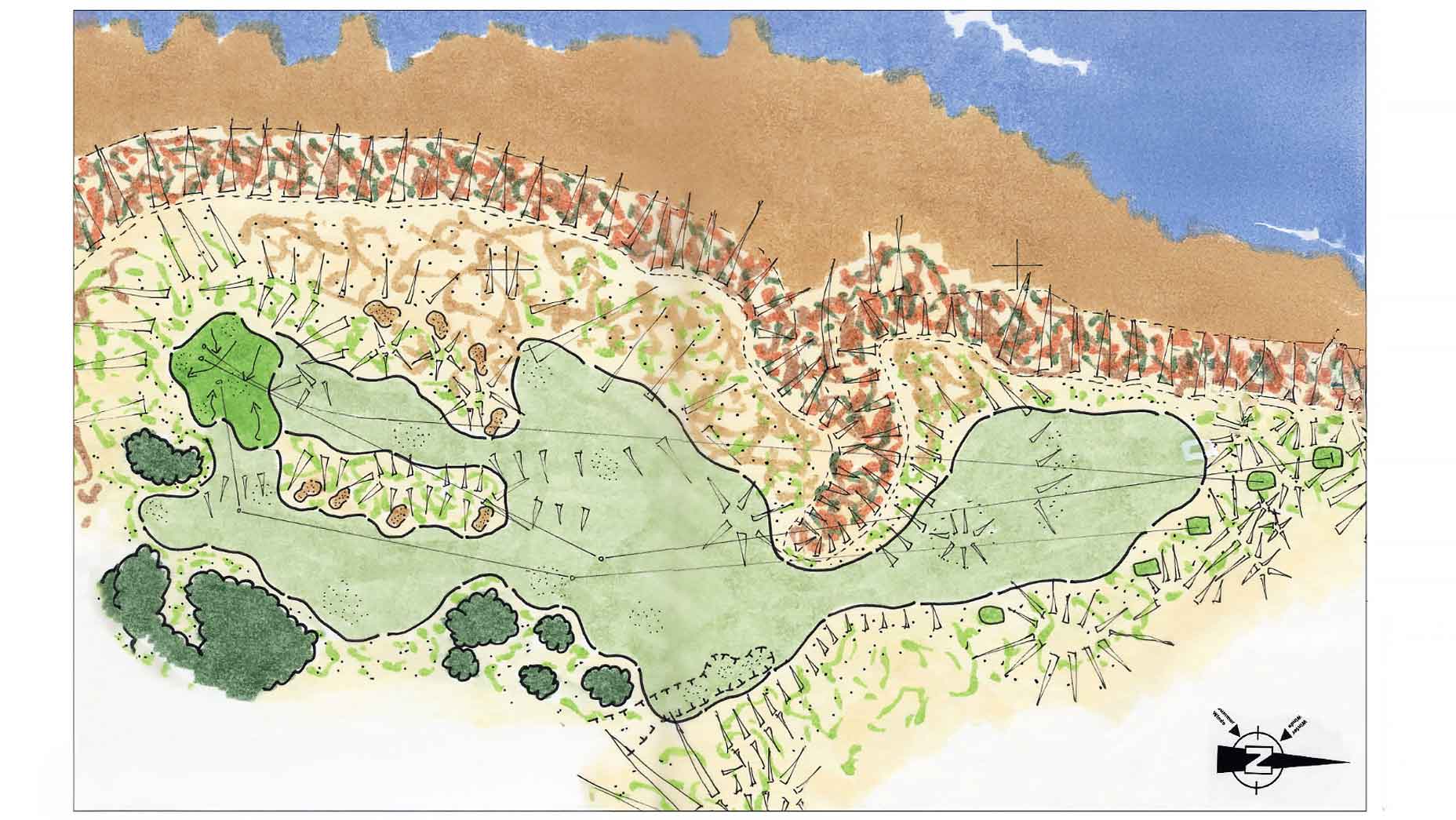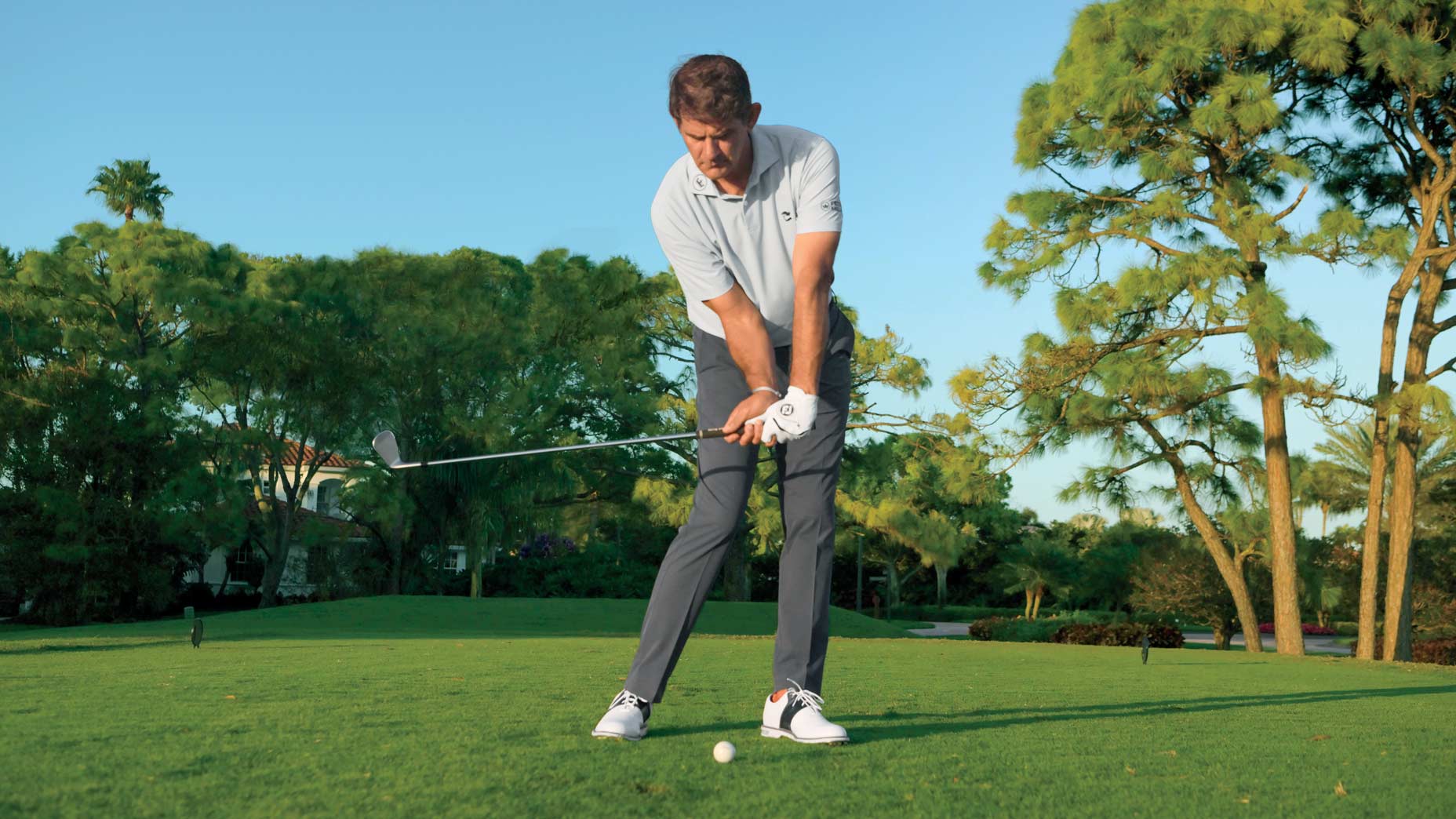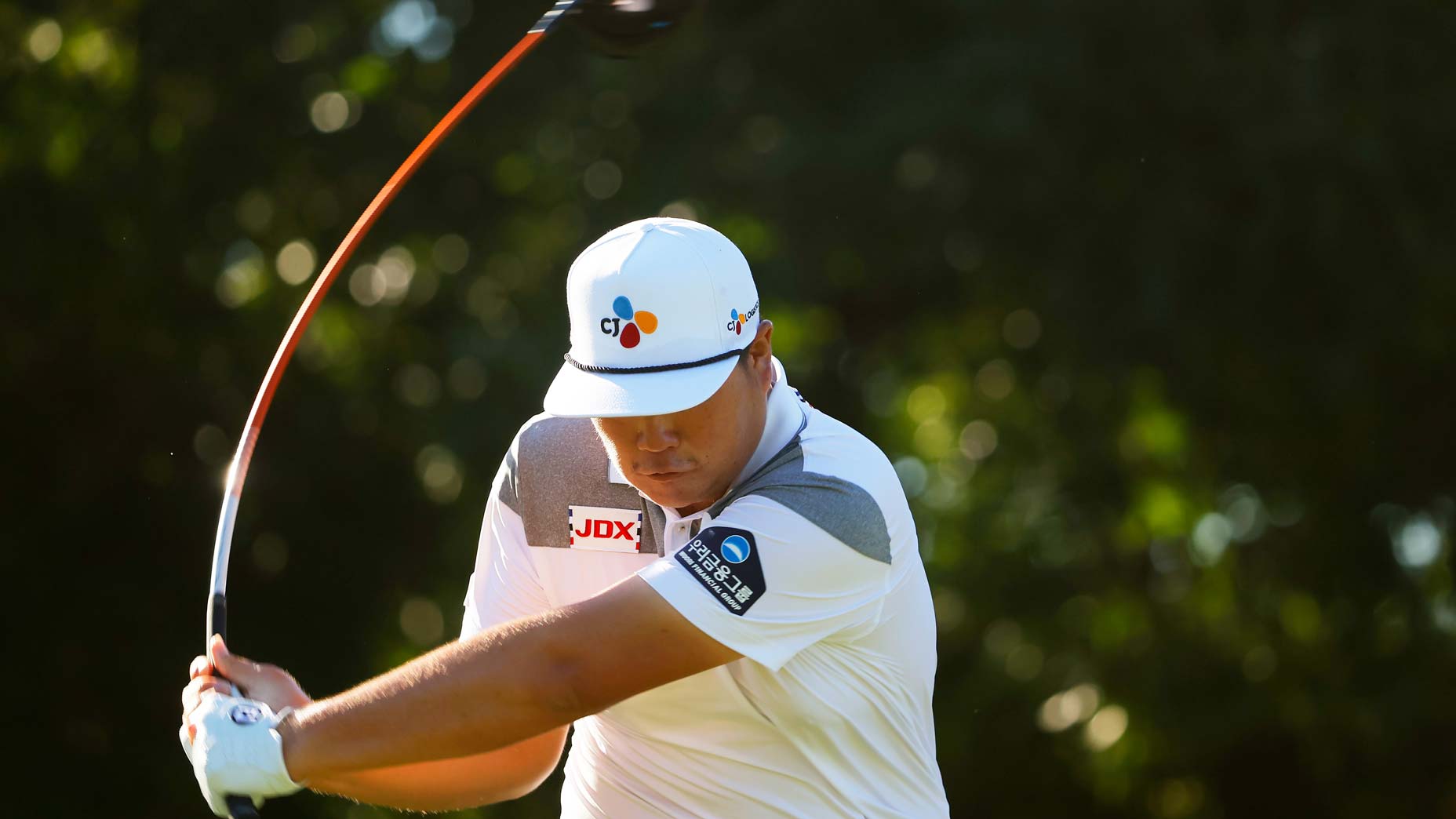You’re more likely to succeed if you go for it with confidence.
Much of what I overhear on pro practice ranges and practice greens are conversations about frustrations, whether it’s a player complaining that he can’t stop his usually reliable fade from slicing or someone who’s perplexed by the fact that his lag putts aren’t getting near the hole. Oh, and maybe you sometimes catch yourself lamenting that no matter where you position the ball in your stance, you can only thin it or chunk it.
The language and self-talk is usually the same, but if you listen closely enough, the anxiety you hear isn’t actually about contact. It’s almost always about confidence.
I was recently standing on the range with a Tour player who was four shots off the lead despite struggling on the greens. His putting stats for the week were indeed average, but his self-belief was, in golf-talk, near the bottom of the leaderboard. He lamented that he could not get the speed right and lived in fear of the five-foot comeback putt.
It was clear that his intrusive thoughts and insecurity before each putt were undermining his focus and derailing his ability to trust himself and be “present.” Self-doubt can send even scratch golfers into a spiral. The player I was coaching was so anxious about losing strokes on the green that he made the classic mental mistake of adding extra pressure to other parts of his game, which only increased his tension.
I stepped in to help. Our discussions that day and after reminded me how important it is to assess our abilities and our game each and every day — no differently, in fact, from the ways we assess every stroke and swing.
Top Tour mental-game coach shares how to trade anxiety for serenityBy: Julie Elion
Whether you’re in the middle of the fairway or deep in the rough, you run through the same evaluation process, right? What’s the distance? How’s my lie? Is there any wind I need to take into account? Likewise when you’re on the green: You read the break, speed and grain. Here’s the rub, however: No matter where you are on the course, you must examine whether your frustrations are mental or technical in addition to your actual shot planning.
In the June issue of this column I wrote about the benefits of mindfulness — being present and committing to positive intentions that keep distractions at bay. A recent study by Malena M. Price and others (1) in the University of Miami’s department of psychology investigated how mindfulness-based attention training can keep our minds from wandering in pressure situations, which enables golfers to stay present and perform tasks more effectively. The key to this mental clarity is awareness. As golf writer and podcaster Jon Sherman (practical-golf.com) points out, no golfer can expect to excel each round in driving, approach shots, chipping and putting. Even on the best days, they can count on bringing only one or two parts to the course.
On the range or on the first few holes, check which part (or, if you’re lucky, parts) of your game are working. Identify and accept the results of your analysis honestly and without prejudice, prioritizing joy over judgment. Taking that inventory will help you dismiss intrusive thoughts and sharpen the many other tools in your toolbox. For example, if your driver isn’t cooperating, use your 5-wood off the tee and focus on tempo. If you’re sculling wedges, opt for bump-and-runs. And if your mind is racing so fast that focus eludes you, simply take two deep breaths, focus on your target and swing away.
The key is to be aware of your emotional state because your mood can affect your shots as much as your clubface. The second practical lesson is to find which part of your game is still working. That may be a reflection of your well-practiced technique or simply greater trust and confidence on a given day.
While working with a different player on owning his game and believing in himself, we focused on the foundation he’d built through relentless practice and meditation. Before a crucial shot, I reminded him of this foundational work, encouraging him to trust his preparation.
“You might fail,” I told him, “but you’re more likely to succeed if you believe in the shot and trust that you have hit it hundreds of times in practice.”
This allowed him to stand up to each shot with the conviction that he could perform his best. When my pros go low, they accept that great rounds aren’t the result of perfect play. You too can accept the fact that having a good day doesn’t mean being good at everything; playing well means adapting well. When you identify the root causes of your challenges and shift your strategy with humility, your thoughts are less likely to wander — which often keeps your shots on target too.
Julie Elion has worked with half of the top 10 earners of all time, representing over $500 million in career earnings, 150 PGA Tour wins and 25 major championship wins.
(1) PRICE, MM; ZANESCO, AP; DENKOVA, E; BARRY, J; ROGERS, SL; JHA, AP (2023). INVESTIGATING THE PROTECTIVE EFFECTS OF MINDFULNESS-BASED ATTENTION TRAINING ON MIND WANDERING IN APPLIED SETTINGS. FRONT PSYCHOLOGY, 14:1232598.












